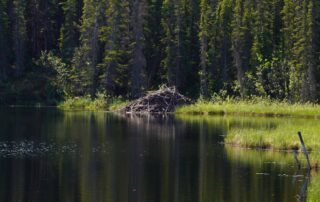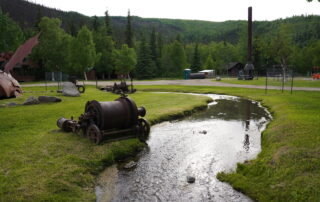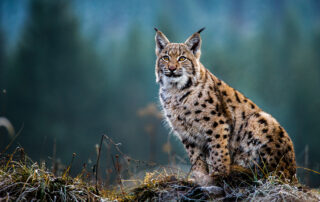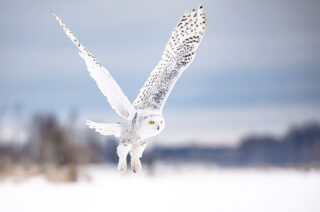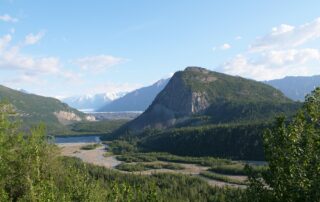Beavers
Beavers in Alaska Before the introduction of beavers to Kodiak Island in 1925 (adfg), there is a minimal written record of populations of Beavers and their habitats. Some observations and stories let us know that Beavers have existed near forested and wetland regions for a long time. Exactly how long? We don't know. These questions are better answered by the tribes that have and continue to strive for harmony [...]

